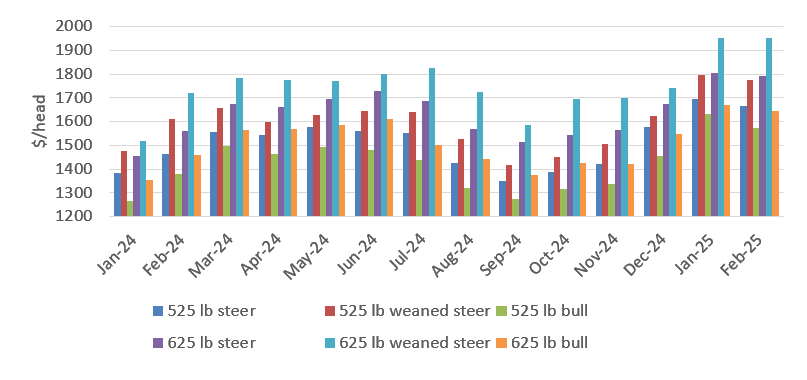Heather Darby is a researcher, professor and Extension specialist with the University of Vermont (UVM). She has spent decades researching cover crops, among many other things, and learning from farmers and farmer groups across the state.
One of Darby’s goals is to figure out how cash crop and cover crops can be grown as part of a system that makes them both as successful as possible. According to Darby, growing shorter season corn and planting cover crops earlier is one of those win-wins.
“Cover crops that are planted earlier have bigger more hardy, more robust plants with better root systems that are better able to survive the winter,” says Heather. Cover crops need to grow well to do all those things you read about cover crops helping you with like nutrient retention and yield boosts, according to Heather. So, “if you are going to plant cover crops, do it right!”
What does “right” look like? You should consult an agronomist for recommendations specific to your farm but in general Darby recommends that farms plant their cover crop at approximately 70lbs per acre by the third week of September. Farms should also apply their fall manure before seeding the cover crop so as not to smother the seedlings.
Planting by the third week in September gives the cover crop plants time to “tiller” – to expand their footprint by growing extra plants from their crown. On average, each winter rye plant will grow 4-5 tillers, but those tillers need 4-6 weeks of adequate growing conditions to develop. Just think – that means that if you plant early enough, you will have 5x as many cover crop plants per seed as if you plant later. Or, to think of it another way, your expected biomass of cover crop is cut in half every week that you wait to plant.
If your cover crops are successful enough you might even be able to harvest them or graze them for extra forage in the spring before you plant your cash crop. Heather calls this “double cropping” and says it has been working for a lot of Vermont farms.
“Winter rye, wheat, and triticale all produce really high-quality feed” if managed correctly, Heather says. If planning to harvest your cover crop, choose a variety that will time well within your system and be aware that you will have a narrow window to harvest: often only 2-3 days between flag stage and boot stage (which is when forage quality and yield are optimized). Thankfully you can get a pretty good idea of when that time will be, based on the variety you grow. Note that rye is the earliest maturing grain, 7-10 days earlier than wheat or triticale.
Fall may seem like it’s a long time away, but your cash crop and cover crop are an interconnected system. It’s never too early to start thinking about how you will build soil health for next season! Consider shorter season corn, plan to cover crop early, and maybe you can even set yourself up for an extra harvest next spring.
UVM Research Reports, including many studies on corn yield and cover crops, can be found at https://www.uvm.edu/extension/nwcrops/research-results

Source : vermont.gov